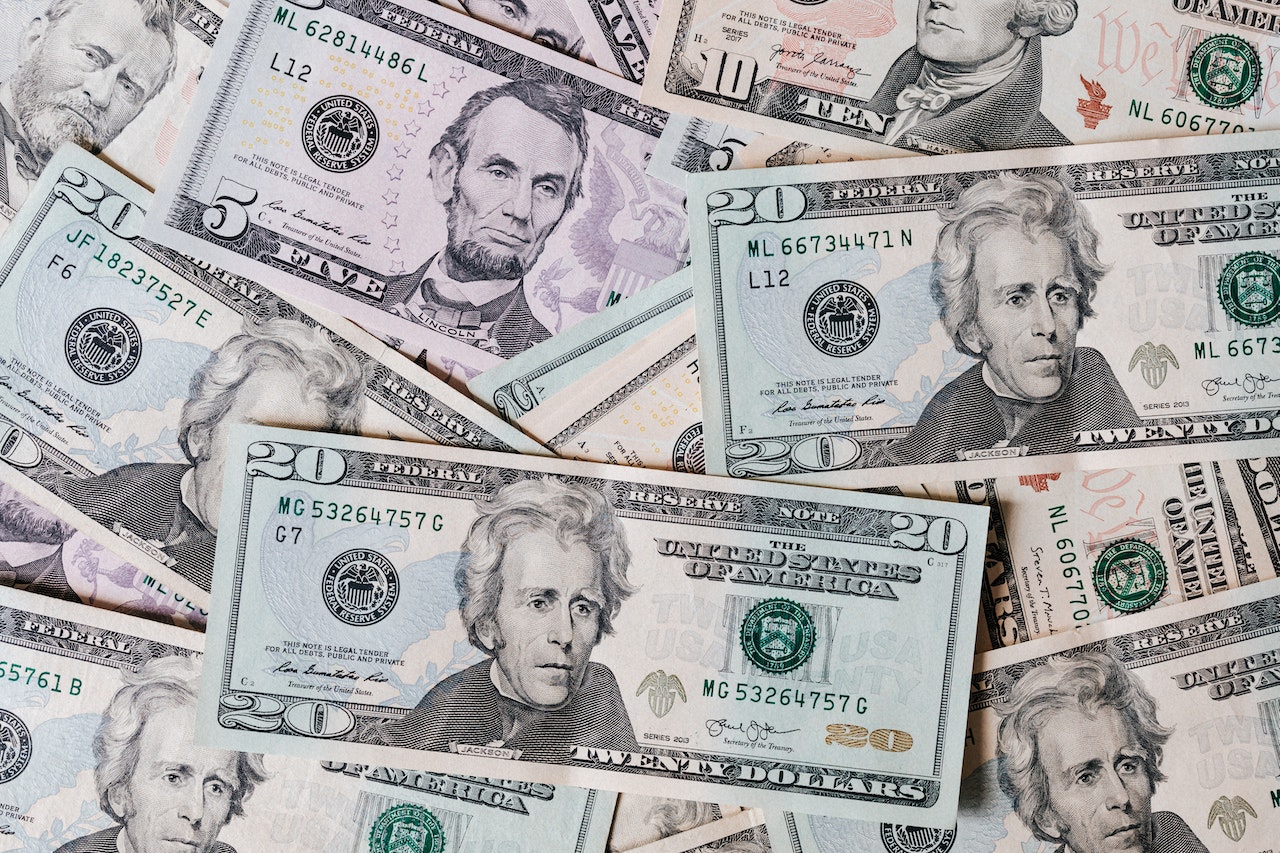
The Pakistani rupee has hit a new record low of 299 against the US dollar on Thursday, amid political and economic turmoil in the country. The arrest of former Prime Minister Imran Khan on corruption charges has sparked widespread protests and violence, disrupting normal life and business activities. The rupee has lost more than 5% of its value since Khan’s arrest on May 9.
The depreciation of the rupee has raised concerns about inflation, debt servicing and balance of payments. Pakistan’s inflation rate soared to 36.4% in April, the highest in South Asia, according to the Economic Times. The country’s foreign exchange reserves have also dwindled to $12 billion, barely enough to cover three months of imports.
The government has been trying to stabilize the currency by seeking financial assistance from friendly countries and international institutions. Pakistan has received $4 billion from Saudi Arabia, $3 billion from China and $1 billion from the United Arab Emirates in recent months. The country is also in talks with the International Monetary Fund for a bailout package of around $8 billion.
However, these measures have not been enough to restore confidence in the rupee, which has been under pressure for a long time due to structural weaknesses in the economy. Pakistan’s current account deficit widened to $19 billion in the fiscal year 2018-19, up from $12.6 billion in the previous year. The country’s exports have remained stagnant at around $24 billion, while imports have surged to $60 billion.
The rupee’s fall has also affected the common people, who are facing higher prices of essential goods and services. The cost of fuel, electricity, food and education has increased significantly, eroding the purchasing power of the masses. Many people have also postponed their plans to travel abroad or buy imported goods due to the expensive dollar.
The outlook for the rupee remains bleak unless the political situation improves and the economic reforms are implemented. The government needs to address the fiscal and external imbalances, boost exports and investment, curb corruption and improve governance. The people also need to support the government’s efforts and maintain peace and stability. Only then can the rupee regain its strength and value.

